Understanding of how changes in aerosol particles affect clouds remains one of the most challenging and persistent problems in atmospheric science. Aerosol-Cloud Interactions (ACI) are hard to constrain as it operates at scales much smaller than the scales resolved by Earth System Models (ESMs). To rub salt into the wound, lack of suitable observations at globally relevant spatial scales with which to challenge the models hampers our capacity of validating ESM estimates of ACI impacts. Degassing volcanos emitting large amount of sulphur dioxide forming large-scale aerosol plumes create ideal experimental conditions for constraining models (Malavelle et al., 2017, Nature, M17; Yuan et al., 2011, ACP, Y11). Aerosol plumes from degassing volcanos at Holuhraun in Iceland and Kilauea in Hawaii cover huge areas in North Atlantic and Tropical Pacific, respectively. Volcanic aerosols at these two locations affected low clouds in different environments and provide set-ups for investigating ACI for cold maritime stratiform and tropical trade cumulus clouds, respectively.
This experiment proposes to extend the protocol described in M17 to investigate ACI involving a larger group of ESMs. The experiment requests standard model outputs and should require no further model development. Diagnostic are organised in three packages, with the first mandatory package designed for characterising the big picture ACI (Monthly mean 3D and 2D fields). The two other packages are optional and piggy back on the AeroCom Indirect experiment to derive ACI metrics and cloud microphysics processes tendencies for warm clouds (3 hourly, mostly 2D fields). Analysis of the Holuhraun simulations will be coordinated by the University of Exeter (F. Malavelle). Analysis of the Kilauea simulations will be coordinated by NASA (T. Yuan).
Observations from different satellite sensors such as MODIS, CloudSat PR, CALIOP and CERES will be made available for model comparison at the big picture ACI level.
Timeline: For Holuhraun: Model submissions started. Early analysis and presentation of results expected by Oct 2019. For Kilauea: Limited submission so far (4 groups have run the experiment with different emissions, we will coordinate and present early analyses at the Oct 2019 AEROCOM meeting.
Column with diagnostic requests in excel sheet: Column 'VolcACI' in aermonthy-2D, aermonthy-3D, aerfixed, aer6hr, aer3hr-2d and aer3hr-3D sheets. External link to the former diagnostics list for this experiment . Details for Kilauea updated.




